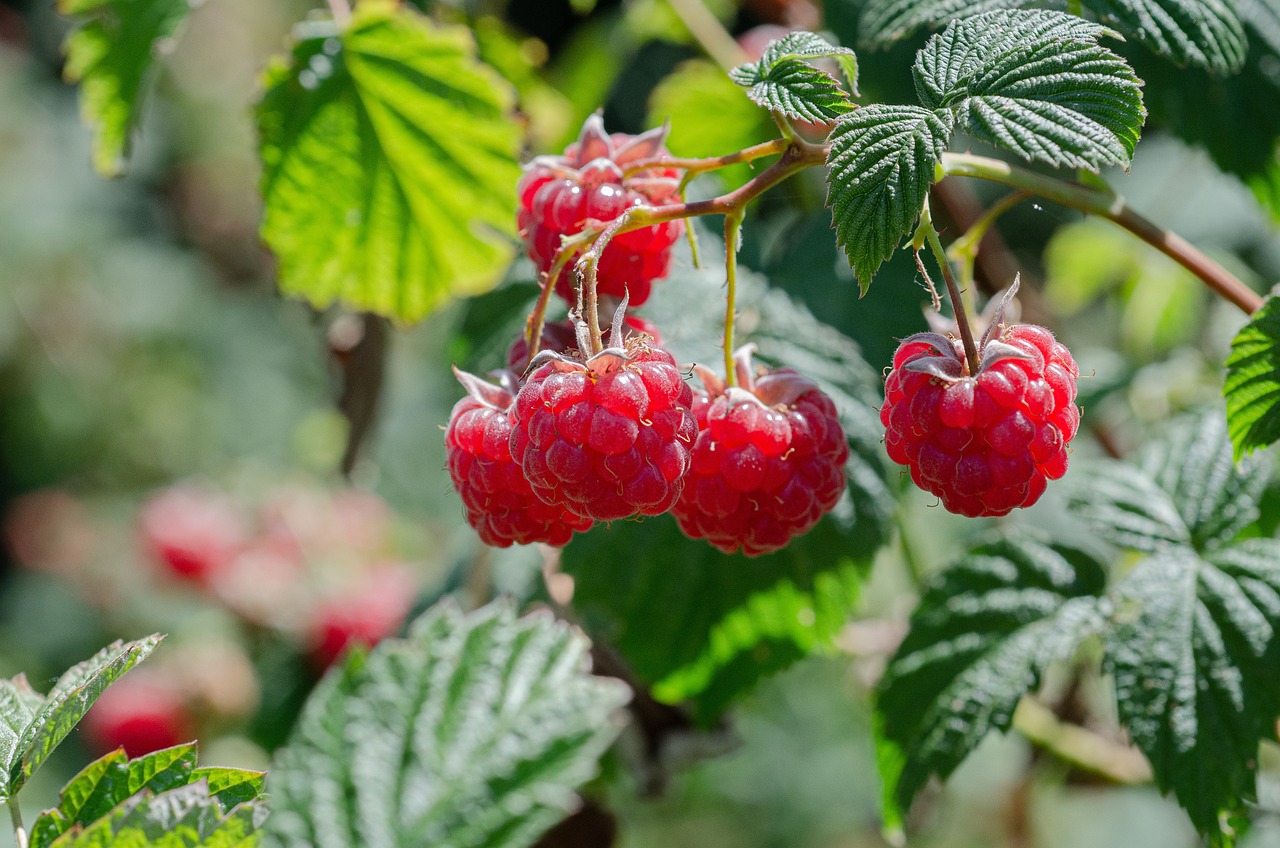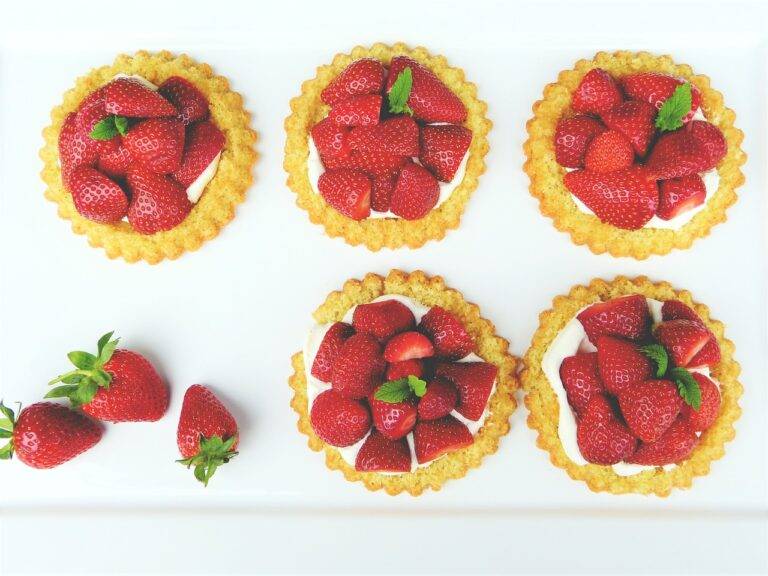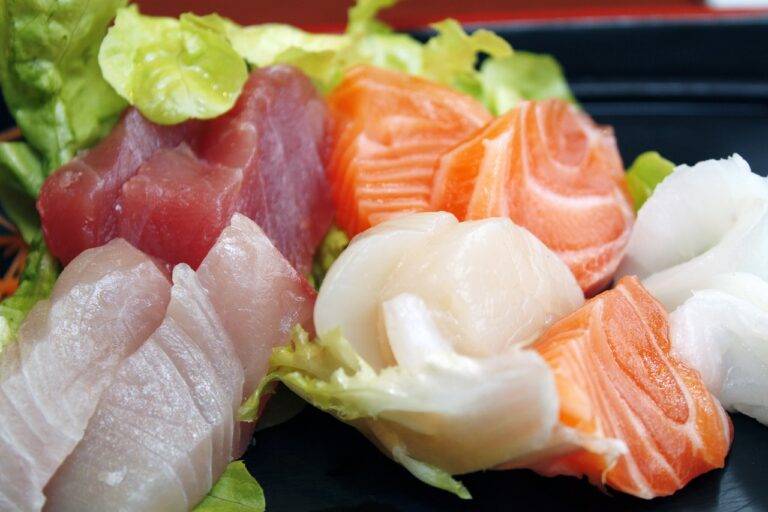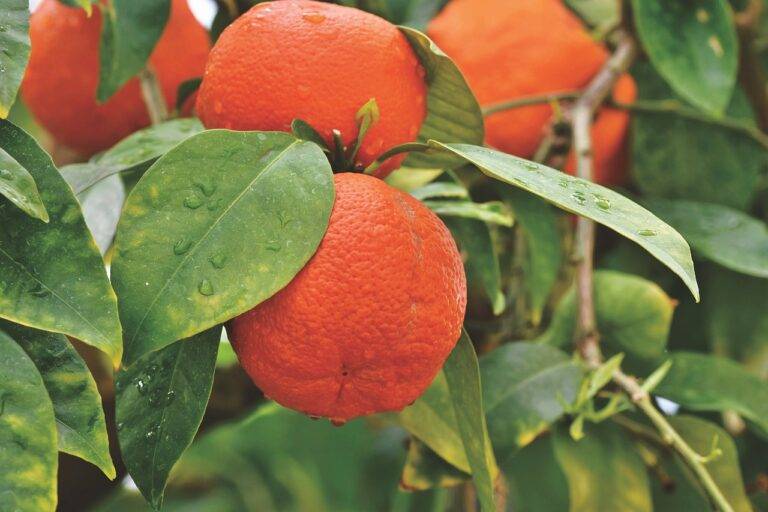Food Photography: Capturing Culinary Delights for Social Media
When selecting camera equipment for food photography, consider the type of camera you need based on your skill level and budget. For beginners, a basic DSLR camera with a good lens is a solid choice to start capturing culinary moments. More advanced photographers might opt for a full-frame mirrorless camera for its superior image quality and versatility.
It’s essential to invest in a sturdy tripod to ensure stability when shooting in low light conditions or when using slow shutter speeds. Additionally, a remote shutter release can help minimize camera shake and ensure sharp images. Don’t forget to pack extra memory cards and batteries for longer shooting sessions to avoid missing out on any delectable shots.
Understanding Lighting Techniques for Food Photography
Lighting plays a crucial role in food photography, as it can make or break the final image. Natural light is often preferred by photographers for its soft and flattering quality. When shooting food, try to position your subject near a window or any other natural light source to achieve a soft and even lighting effect. Avoid harsh overhead lighting or direct sunlight, as they can create unwanted shadows and highlights on the food.
For those who prefer artificial lighting, investing in a good quality softbox or umbrella light can help mimic the natural light effect. These tools can help diffuse the light and create a more flattering glow on the food. Experiment with the positioning of the artificial light source to find the best angle that highlights the textures and colors of the food. Remember, the goal is to enhance the food’s appearance without overpowering it with harsh lighting.
Composition and Styling Tips for Capturing Culinary Delights
When capturing culinary delights through photography, it is important to pay attention to composition. One key aspect is the rule of thirds, which involves dividing your frame into nine equal sections using two vertical and two horizontal lines. Placing your main subject at one of the intersecting points can create a visually pleasing composition. Additionally, consider the angles at which you shoot your food – overhead shots can work well for flat-laid dishes, while a 45-degree angle can add depth and texture to your images.
Styling is another crucial element in food photography. Your choice of props, such as utensils, napkins, and plates, can greatly enhance the overall aesthetic of your images. Keep in mind the color scheme and textures of your props, ensuring they complement rather than overpower the dish itself. Pay attention to the placement of garnishes and sauces – strategic placement can add visual interest and draw the viewer’s eye to different elements of the dish.





